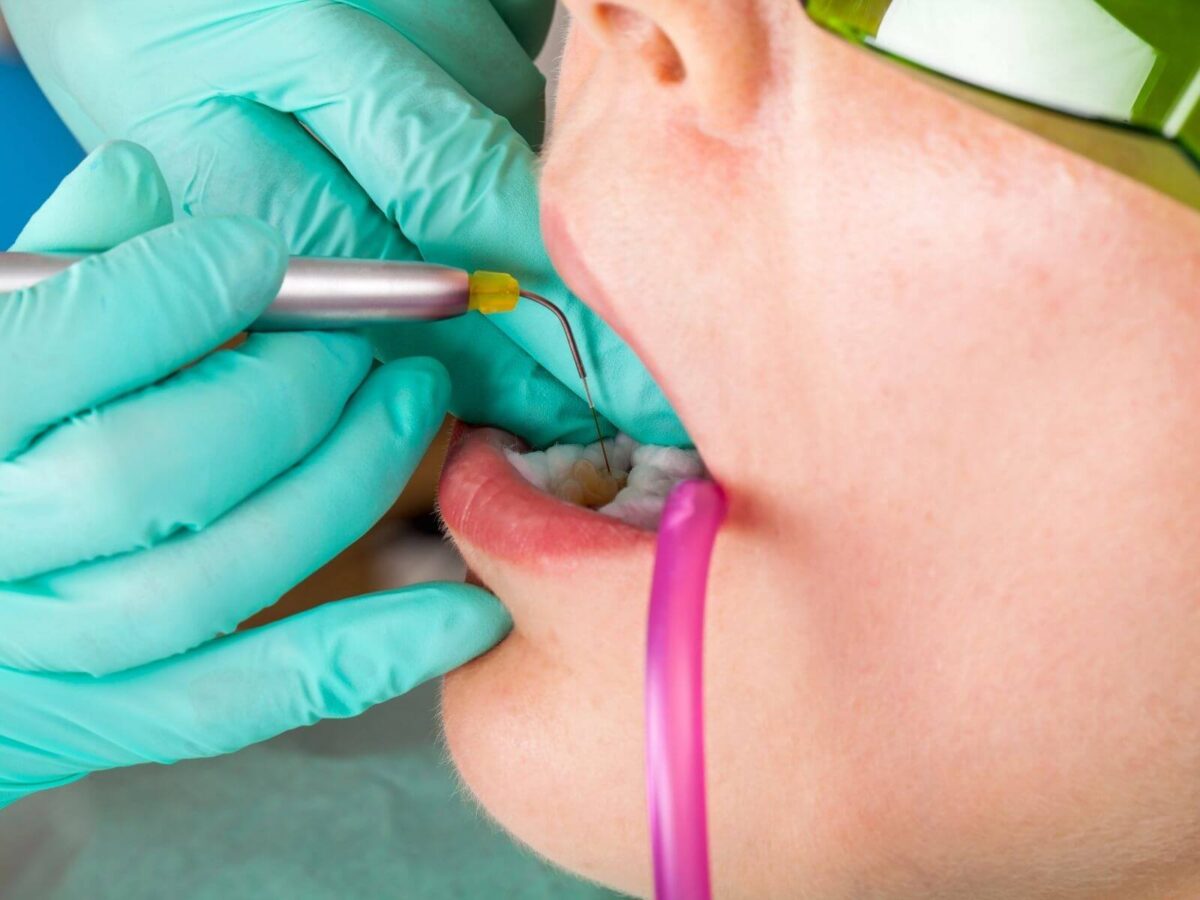Oil pulling might sound old-school, but it’s suddenly everywhere again. Some folks swear by it, saying it whitens teeth, clears out bacteria, freshens breath, and whatnot. But swishing that oil around in your mouth for that long? Yeah, it definitely feels odd at first.
If you’ve ever had the option of a jar of coconut oil in one hand and your toothbrush in the other, wondering which one to trust, you’re definitely not alone. So let’s break down what oil pulling is, what it actually does, and whether it’s worth working into your daily routine.
First Off, What Even Is Oil Pulling?
Let’s clarify this first, it isn’t some trendy TikTok hack, this method has been around for centuries. It originated from ancient Ayurvedic practices. It was believed that oil pulling could draw toxins from the body. In today’s world, though, it’s more about oral health.
Here’s the idea behind it: You take a tablespoon of oil (coconut, sesame, or sunflower) and swish it around in your mouth gently for 10 to 20 minutes. Then you spit it out. That’s it. No brushing or scrubbing afterwards.
The idea behind the process is that the oil traps bacteria and pulls them away from your teeth and gums before you brush. Sounds simple, but one question comes to mind: does it actually do anything?
What Are the Claimed Oil Pulling Benefits?
Advocates give oil pulling a lot of credit, some of it is definitely well-earned, but some is a little over the top. Here’s what people commonly say it helps with:
- Fresher breath
- Whiter-looking teeth
- Reduced plaque and bacteria
- Less gum irritation
One of the more hyped-up claims is about oil pulling for teeth whitening. Does it work? I mean, it can help remove surface stains over time, especially if you’re consistent. But it certainly is not a replacement for whitening strips or in-office treatments.
What Does the Research Say?
A lot of high-quality research is not available on the subject. The ones we have do suggest that oil pulling has potential, especially when it comes to reducing harmful bacteria and plaque.
One study even found that oil pulling with coconut oil worked almost as well as chlorhexidine (a powerful prescription mouthwash) for reducing oral bacteria. That’s a pretty solid win for something so simple.
Still, no dentist is going to tell you to ditch your toothbrush in favor of oil. Think of it like this, oil pulling might help as a backup player, but brushing and flossing are still the stars of the show. Most professionals, including Rockdale Dentist TX, would likely say the same thing.
Can It Actually Whiten Teeth?
Yes and no. The important thing to know from the start is that oil pulling is not magic. It is not like professional treatments and doesn’t give the same bleach effect, but it can help you scrub off some surface stains. Coffee, tea, and wine drinkers might see a subtle difference after a few weeks.
So, if your goal is to brighten things up a bit naturally, it could be worth trying. Just keep your expectations realistic.
Why Some People Love It
If you’re wondering why people stick with oil pulling despite the time commitment, here’s what they often report:
- Their breath smells fresher
- Their gums feel less tender
- Their teeth feel smoother
- It’s cheap, simple, and doesn’t involve chemicals
It also gives that just-cleaned feeling without the burn of alcohol-based mouthwash. And if you don’t want artificial ingredients in your routine, oil pulling is as natural as it gets.
Any Downsides to Watch Out For?
Yep, there are a few. First of all, 20 minutes seems like a very long time to swish something around in your mouth. It’s not the most comfortable thing, especially at first. The texture of the coconut oil in the mouth can be off-putting too, especially when it starts off solid and melts as you swish.
There’s also the plumbing issue. Spitting oil into the sink regularly can clog your pipes over time. Best to use a trash can instead.
And let’s be clear about something, just like everything else, oil pulling does not replace brushing or flossing. If you skip basic dental care and expect oil to save your smile, you’re gonna be disappointed.
Thinking of Trying It? Here’s How to Start
If you’re still curious about it and want to give oil pulling a try, here’s a simple way to ease into it:
- Do this before brushing or eating anything.
- Use just one tablespoon of the oil.
- Swish gently, don’t gargle or swallow.
- Start with 5–10 minutes.
The key? Be consistent. Trying it just once or twice won’t do a lot, but over time, it may help reduce bacteria and improve your breath.
Is Oil Pulling Right for Everyone?
Not necessarily. If you’ve got dental restorations, sensitive teeth, or any kind of oral health condition, it’s a good idea to run it by a dentist first. A dental professional familiar with your history can tell you whether oil pulling will help or just be a waste of time.
A local dentist from Rockdale Dental Office, TX, can give you clear answers and let you know how it fits into your routine.
Final Thoughts
So, does oil pulling work? It kinda depends on what you expect. If what you want from it is just to kill bacteria, freshen your breath, and maybe reduce some surface stains, it can prove to be very beneficial.
But if you think it’s going to replace your toothbrush or give you a glowing Hollywood smile overnight, it’s probably not what you’re looking for. For a better and informed decision, advice from professionals at Rockdale Dental Office, TX, is still important.




